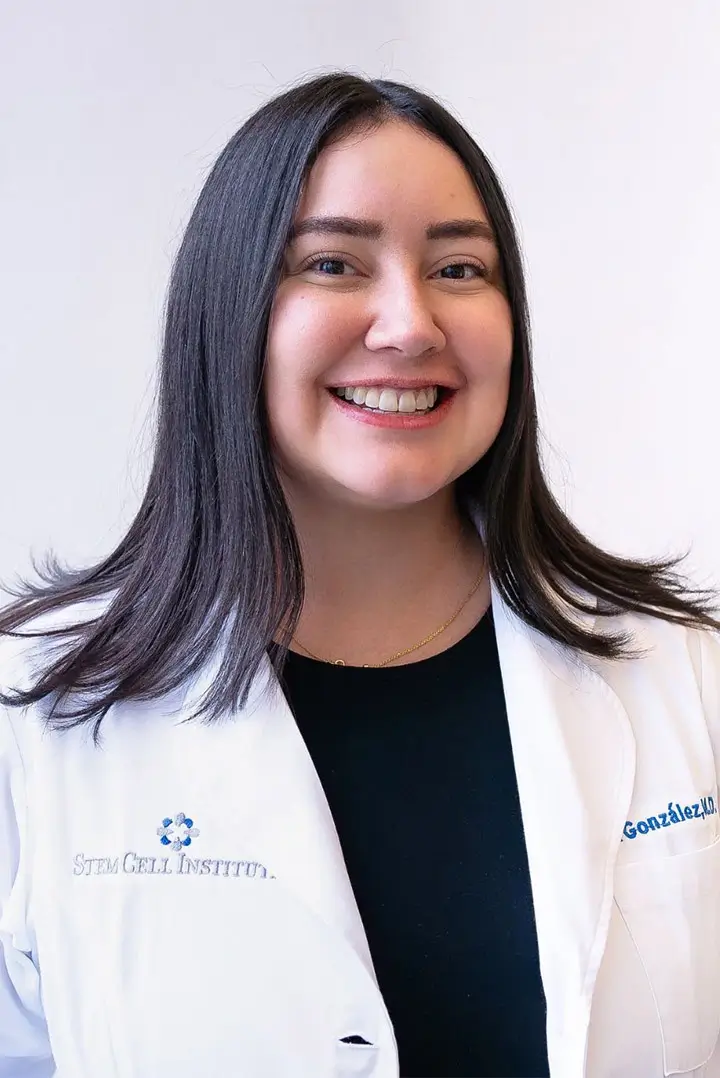Researchers at Kansas State University have developed a new drug delivery system for cancer patients which is more effective and has less side effects than standard chemotherapy. According to Dr. Deryl Troyer, professor of anatomy and physiology at the Kansas State College of Veterinary Medicine, “Although chemotherapy has saved many lives, it often has undesirable side effects. The people most excited about this research are people who have gone through chemo, because our approach may circumvent many of those side effects.”
As part of the Midwest Institute for Comparative Stem Cell Biology, Dr. Troyer and his colleagues have received a $380,000 grant from the National Institutes of Health to study the mechanisms by which the natural homing properties of stem cells may be harnessed to transport anti-cancer drugs directly into breast cancer cells via nanoparticles. The techniques have been developed in vitro and preclinical trials are being planned. The scientists have isolated the stem cells from Wharton’s jelly, which is the gelatinous substance found inside the umbilical cord. As Dr. Troyer explains, “Billions and billions of these cells are disposed of every day. We think these cells have a lot of advantages, including their ability to be harvested in large numbers very rapidly. We are using these cells as stealth vehicles.” Because stem cells have a natural ability to target tumors, the scientists are utilizing the stem cells as delivery systems for nanoparticles that contain the anti-cancer drugs. More specifically, the drugs are loaded into specially designed nanogels that are comprised of two polymers. According to Dr. Duy Hua, a professor of chemistry at K-State, “The nanogel can be viewed as a very tiny piece of paper that wraps around the anti-cancer drug like a candy wrapper. Over time or under certain conditions, the paper unwraps and releases the candy. Most anti-cancer drugs, including ours, are insoluble in water. However, the nanogel is water soluble.” As Dr. Troyer adds, “Many potent small-molecule drugs are sitting on a shelf collecting dust. Often they are insoluble or have many toxic effects. We hope to deliver some of these compounds in a more targeted manner via the combination of stem cells and nanoparticles. Although nanotechnology has made enormous strides toward more focused drug delivery, there is always room for improvement.”
Once it has undergone the usual testing in preclinical and clinical trials, such a novel therapy is expected to offer a preferable alternative, both financially and medically, to chemotherapy and its numerous side effects.

